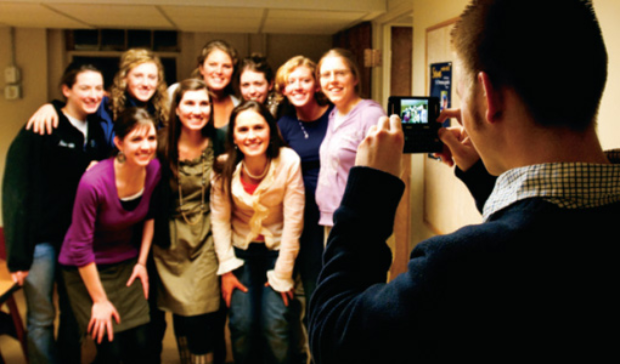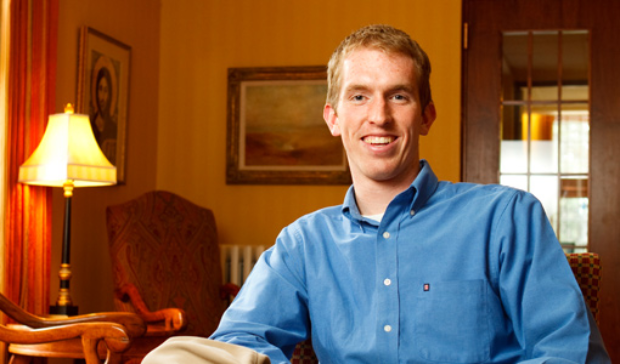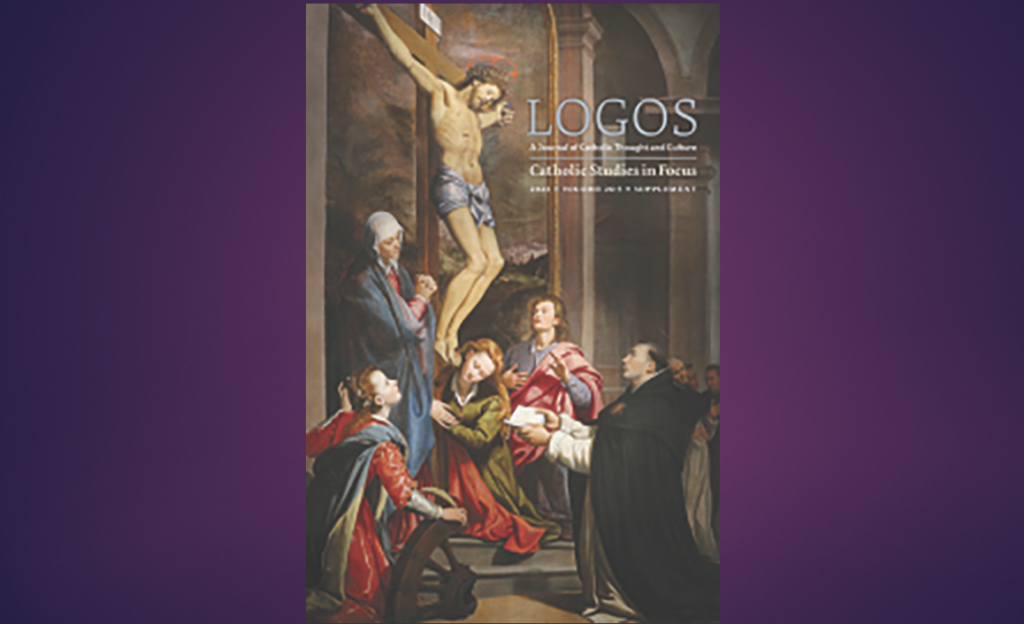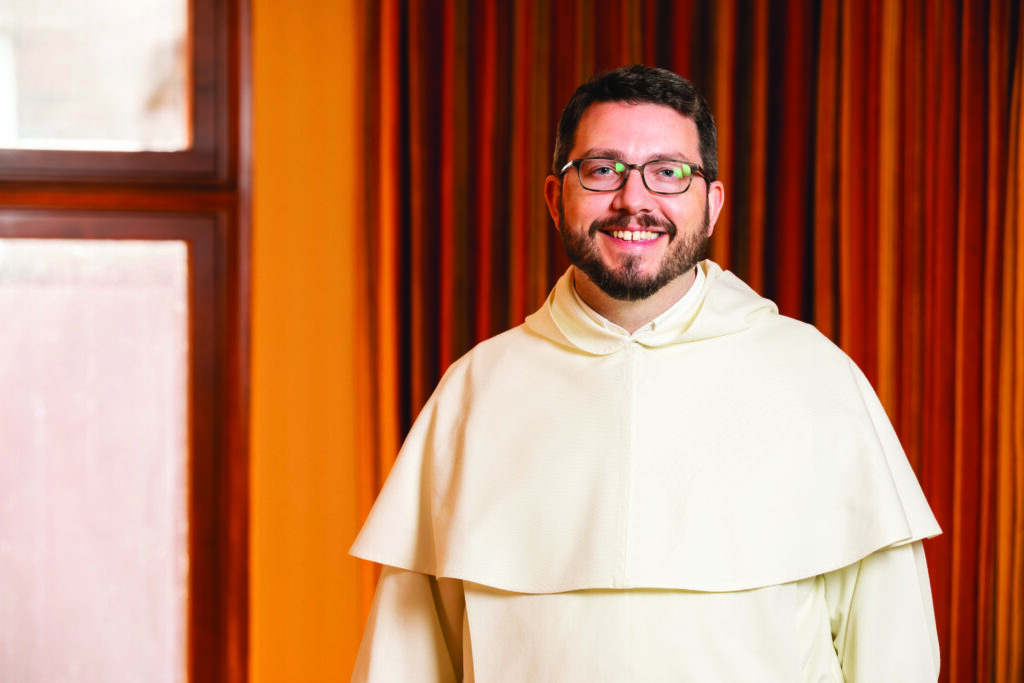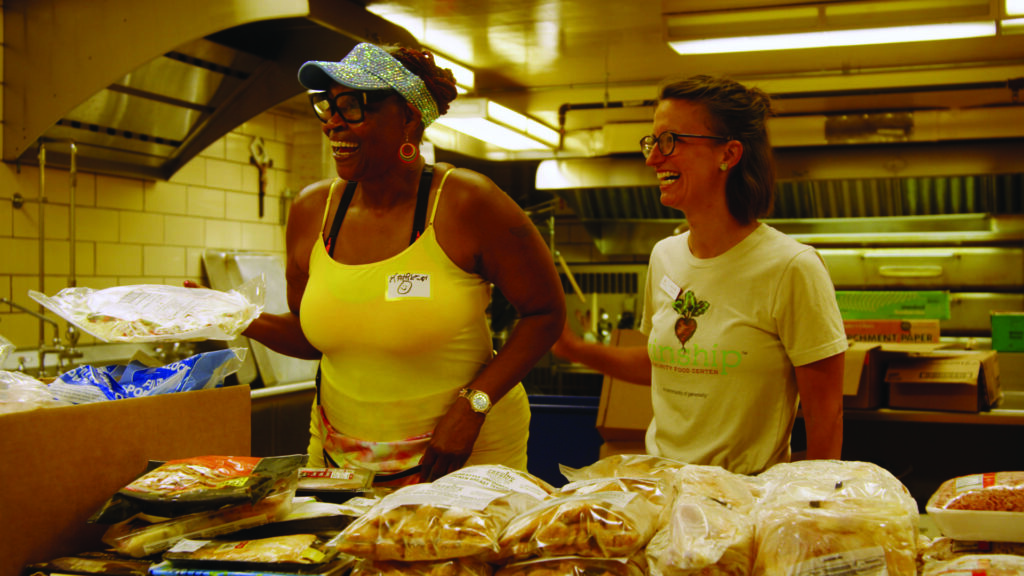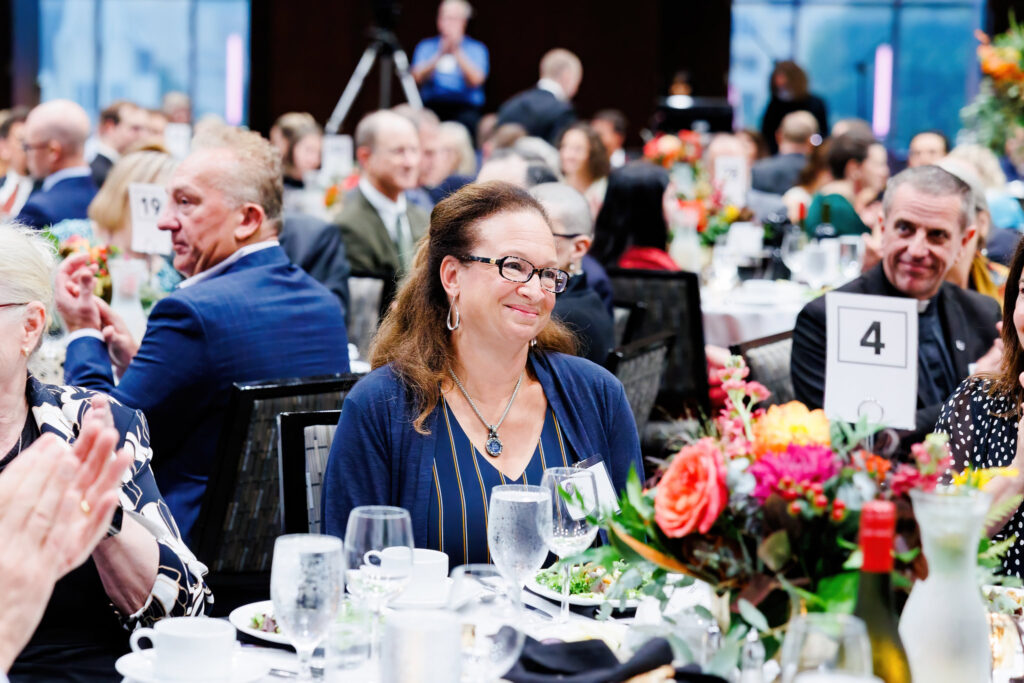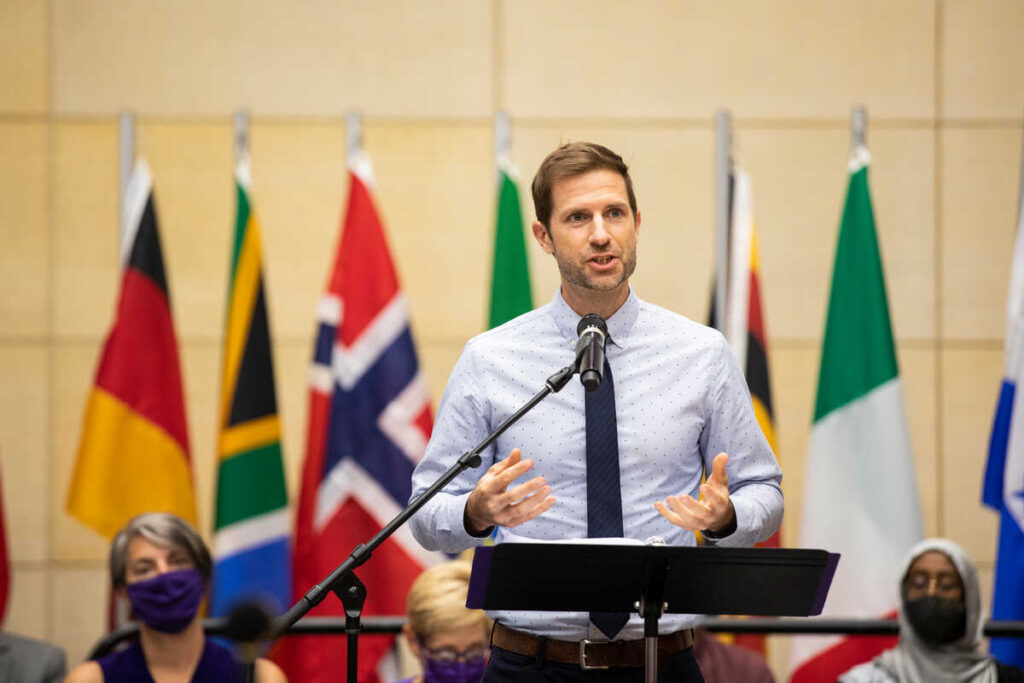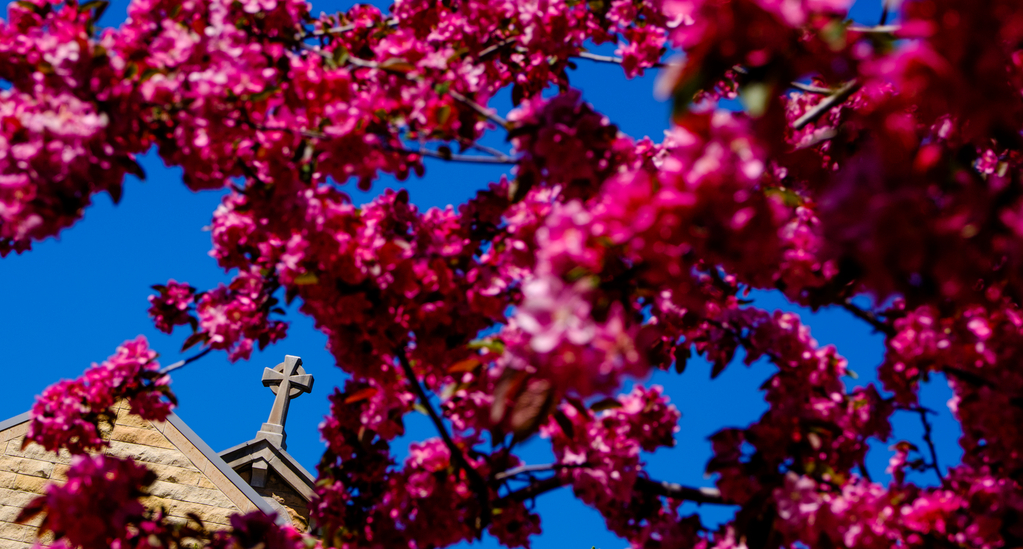Every Wednesday night the Catholic Studies students of the Bernardi Residence on our Rome campus join together for Community Night fellowship, where they gather for Mass, dine on authentic Italian food and have intellectual discussions on a wide variety of topics. Given the universal nature of the Church, the Bernardi students now have universal fellowship on one given Wednesday. Once a month, St. Thomas students gather for Mass in Albertus Magnus Chapel, dine on Italian food and participate in the intellectual conversations related to faith and culture.
While the twin programs seek to provide for a cohesiveness of community and broaden the students' intellectual lives, they accomplish that mission in different ways.
The genesis of the St. Paul campus Community Night was born from conversations with Father Peter Laird and returning Rome participants, according to Katie Lahti (2010), a senior Leadership Intern. Lahti begins, "Semester after semester, students returned from Rome with, among many things, a deep appreciation and love for the community that was formed. From discussions amongst the returning students this past summer, an attempt to recreate this in any way would be considered a success!" It quickly became clear that the Catholic Studies Leadership Interns would take the lead in turning the idea into a tangible reality. The senior interns decided the focus of fellowship would be through and with the Eucharistic celebration. Lahti adds, "In all of this, we determined that Mass would be the focal point and the 'main attraction,' if you will." Gregory Crane (2010), also a senior Leadership Intern, elaborates, "The Eucharist is the center of what we do in Catholic Studies, and it is what informs every other aspect of our lives. These evenings offer a nonintimidating experience of that ordering for those who might otherwise not have had much contact with Catholic Studies."
The Bernardi evening is a bit different than the Sitzmann Hall experience according to Crane, who also spent a semester at Bernardi. He recalls, "In Rome, the Wednesday night community nights are truly a central point of the entire week. Everything else (homework, travels, traversing Rome) is set aside for a time of worship, reflection and fellowship. Each week we would begin with Evening Prayer, participate in adoration followed by a Mass, a short discussion/ presentation, dinner and concluding with night prayer. The whole thing, from start to finish, usually took about four hours. These nights are essential for the full 'experience' of the semester in Rome. The time together, particularly in adoration and during the Mass, brought each of us together in a way that wouldn't be possible by simply sharing a meal together. Though all of us together at these dinners shared one common experience (living, studying and worshiping in Rome), we all came from different backgrounds, had different personalities and different interests, yet we were united in the Eucharist and unified in our worship of God. When accompanied by reflection and a dinner, these evenings served to unite us in Christ and in our common faith, and strengthened our friendships and our unity."
In mirroring the Bernardi experience, the students here also create a community atmosphere. The difference in the two programs is that the St. Paul campus invites all students of the Catholic faith, regardless of their majors or minors. This is unique and important, Crane notes, as "most people don't realize how much of Catholic Studies' mission takes students beyond the classroom. A piece of what Catholic Studies does is, obviously, to offer an interdisciplinary education in the Catholic intellectual tradition, but equally important is its mission to help students incorporate this Catholic worldview into their daily lives." He adds, "The Community Nights can really help to 'break the ice' with some people who don't fully understand Catholic Studies yet. They enjoy the talk and the food and fellowship, and they get a chance to meet people who care deeply about their faith. But perhaps most importantly, they get to stand witness to the ordering of the Catholic life as reflected in the structure of the evening: first Mass, then fellowship."
Students have been coming in resounding numbers. Lahti happily reports, "We've had as many as 80-some people, and as few as 60-some during finals and busy academic times – if you can call 60 'a few.' It is beautiful! We sing common hymns, and some Latin, which was new to people at first, but I know they appreciate it! One of my good friends was inspired by the beauty of the Latin – and how many people knew it. The discussions have been wonderful. If huddling on the floor cross-legged doesn't bring people together, then I'm not sure what does!"
